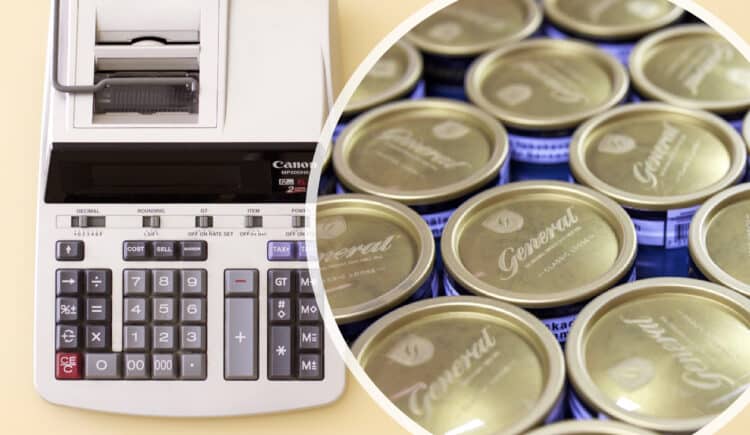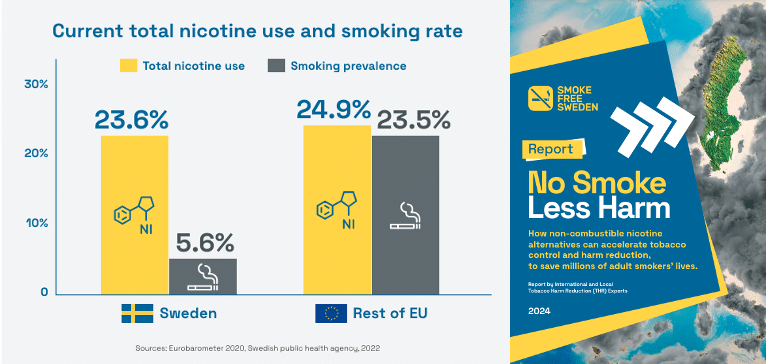
Nordic Harm Reduction Shifts: Sweden’s Snus Tax Cut
Nordic harm reduction takes a new turn with as Sweden decides to cut taxes on its favored snus, a smokeless tobacco, and raising them on cigarettes. Is this a new regional trend to reduce tobacco harm?
Sweden’s landmark decision proposes to lower taxes on snus, a favored smokeless tobacco product, while raising the tax bar on cigarettes. Moreover, this decision goes beyond just tweaking numbers – it marks Sweden’s renewed stance on tobacco control. But what led to this point?
The Role of Snus in Tobacco Control & Nordic Harm Reduction
Snus significantly shapes Sweden’s tobacco story. Historically, snus greatly contributed to the drop in Sweden’s smoking rates. In fact, the nation is close to achieving the World Health Organization’s goal of being smoke-free, with snus being a key factor. Unique to Sweden within the EU, this product has helped the country stand out in its tobacco control efforts.
The Economics of Snus
Despite its popularity, the path faced challenges. Over the past 20 years, the tax on snus skyrocketed by over 400%, driven by health concerns and budget goals. Interestingly, this didn’t stop people from using snus. In contrast, some studies suggest snus users pay taxes that exceed its societal costs by fivefold. This contrasts with cigarette smokers, who cover only about a third of their societal costs through taxes.
Public Reaction to the Tax Changes
Following the announcement, the new tax structure received mixed responses. While major outlets like Expressen emphasized snus’s role in lowering smoking rates, the announcement by Prime Minister Ulf Kristersson on Instagram revealed divided public sentiment. Concerns ranged from health implications to the undeniable impact of snus in reducing smoking.
A Glimpse of a Broader Nordic Harm Reduction Shift?
At the same time, Finland is also showing a change in its stance, revisiting regulations around nicotine pouches. On a broader scale, as Sweden and Finland adjust their policies, it could spark a wider European conversation — balancing public health, cultural nuances, and progressive policies.
Patrik Strömer, Head of the Association of Snus Manufacturers, comments: “Sweden’s tax adjustments and Finland’s evolving stance are promising signs. Still, we cannot be overly optimistic. Our primary aim should be solid harm reduction that emphasizes public health while honoring individual choice. These recent policy shifts give us hope for a more enlightened future in tobacco regulation. If Sweden is now ready to tell the world what can create successful results, other countries can adopt accordingly.”
Scandinavian Tobacco Strategy Influencing European Standards
In terms of results, Sweden’s approach, driven by data, highlights their low 5.8% daily smoking rate. This is a stark contrast to Europe’s 18% average. The role of snus in achieving this is undeniable. The pressing question now is: Will these Nordic shifts influence broader European tobacco policies? Currently, both Sweden and Finland are paving a path that challenges the status quo in other European nations.




